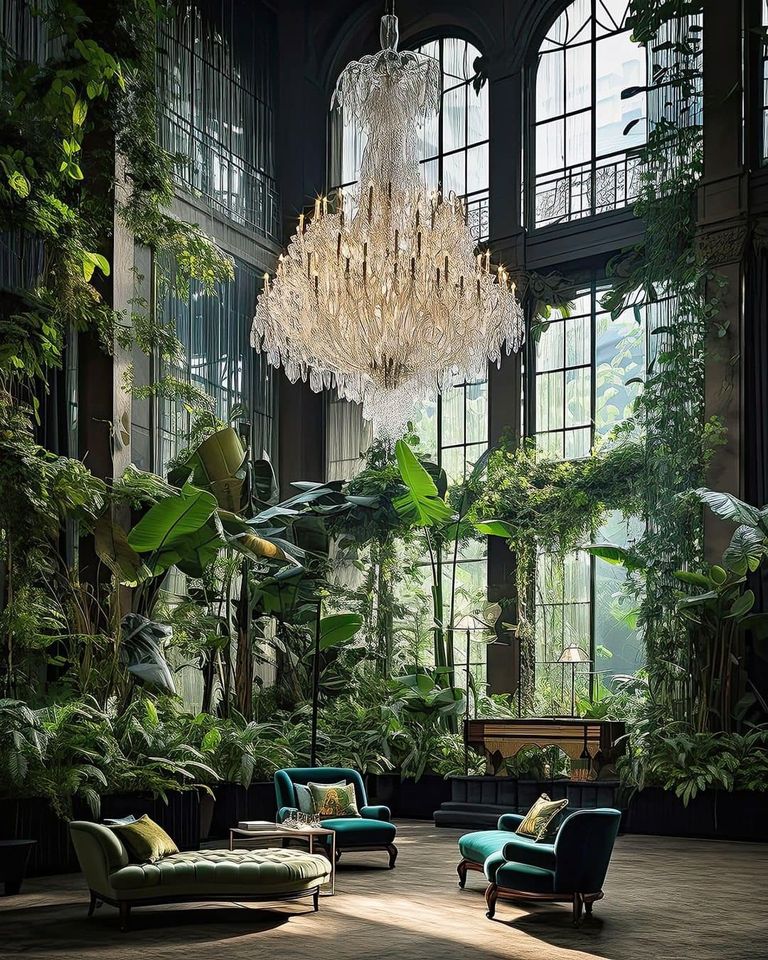
How to Choose the Right Pot Size for Your Indoor Plants
Getting the right pot size for indoor plants is one of those small choices that make a big difference.
Pot size affects root health, watering frequency, stability, and overall growth: Too small, and the roots circle tightly with nowhere to go. Too large, and excess mix stays wet for too long, risking rot.
Use this practical pot size guide for indoor plants to pick the best fit and keep your indoor plants thriving.
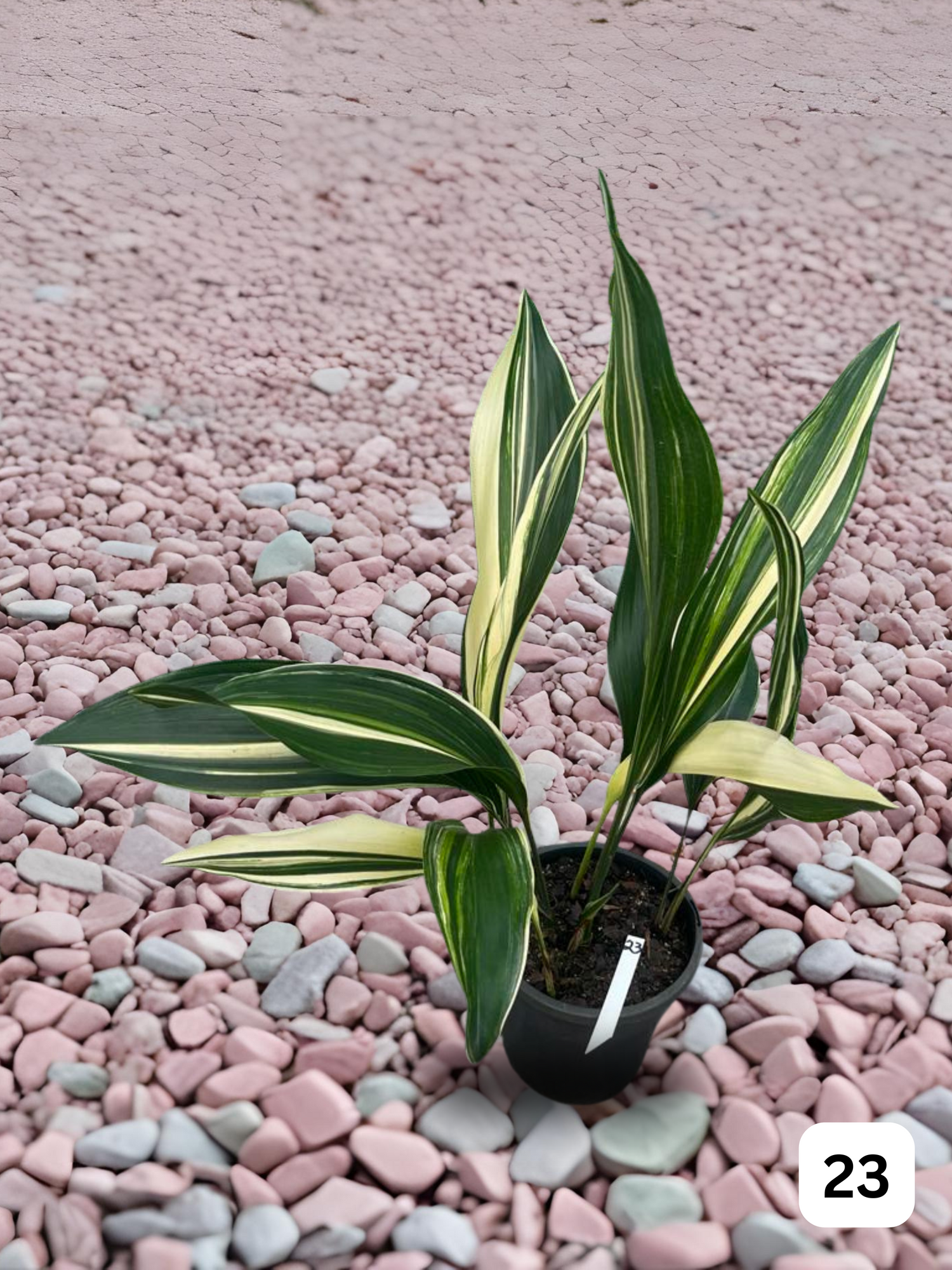
Why Pot Size Matters
A correctly sized pot keeps moisture and air in balance. Smaller volumes dry faster, which suits seedlings and cuttings, while larger volumes hold water longer, which can help mature, thirsty plants, but can overwhelm small root systems.
Matching pot, plant, and potting mix is the core of smart choosing plant pot size decisions.
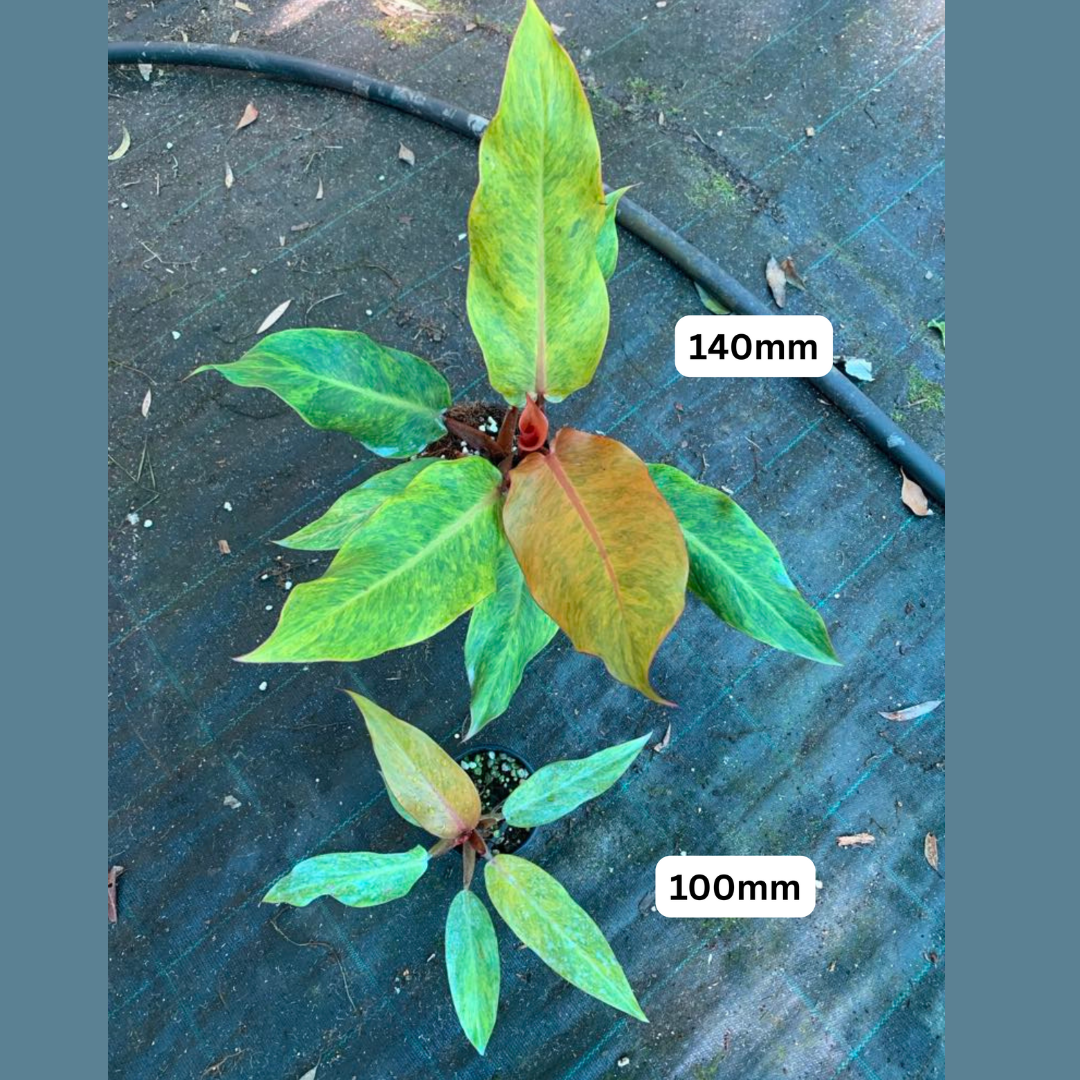
Quick Pot Size Rules
- Step up gradually. Move 2–5 cm wider than the current pot for most species.
- Keep growth in mind. Fast growers like Monstera and Pothos can handle bigger jumps than slow growers like the ZZ plant (Zamioculcas zamiifolia).
- Prioritise drainage. Use pots with holes. Pop a nursery pot inside decorative pots if you prefer a sealed cachepot look.
- Pair pot and mix. Coarse, airy mixes suit chunkier roots and a slightly larger pot, while fine mixes suit smaller pots.
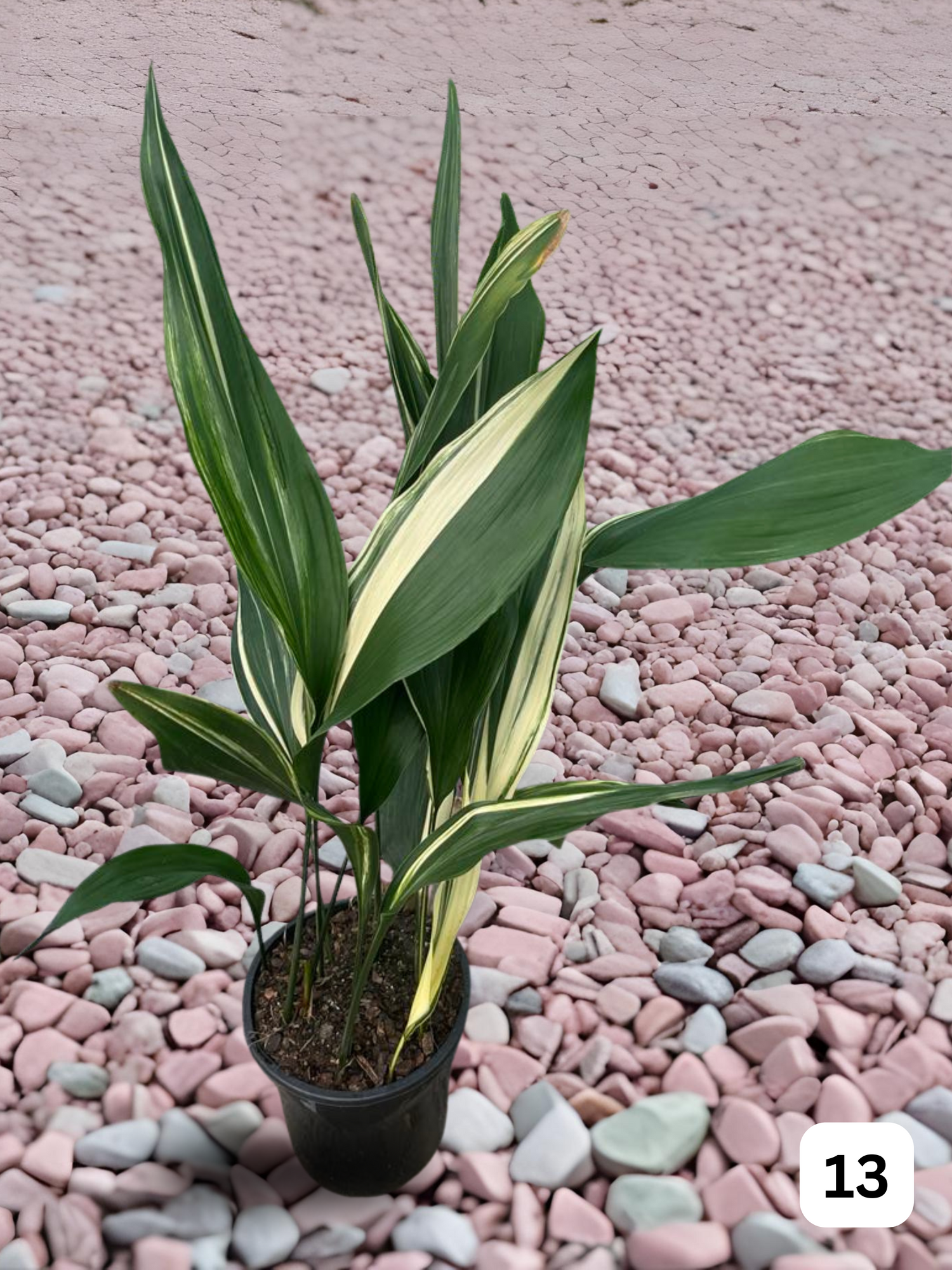
Best Pot Size for Houseplants by Type
- Aroids (Monstera, Philodendron): Usually 2–5 cm upsize at a time. The best pot size for houseplants in this group keeps roots slightly snug to prevent a soggy mix.
- Succulents and cacti: Shallow, narrow pots work well. Go up just 1–3 cm and use a very free-draining mix.
- Trailing plants (Pothos, Tradescantia): Moderate upsizes. Heavier pots add stability as vines grow longer.
- Palms and ficus: Upsize slowly to avoid wet feet. Choose weighty containers so tall plants do not tip.
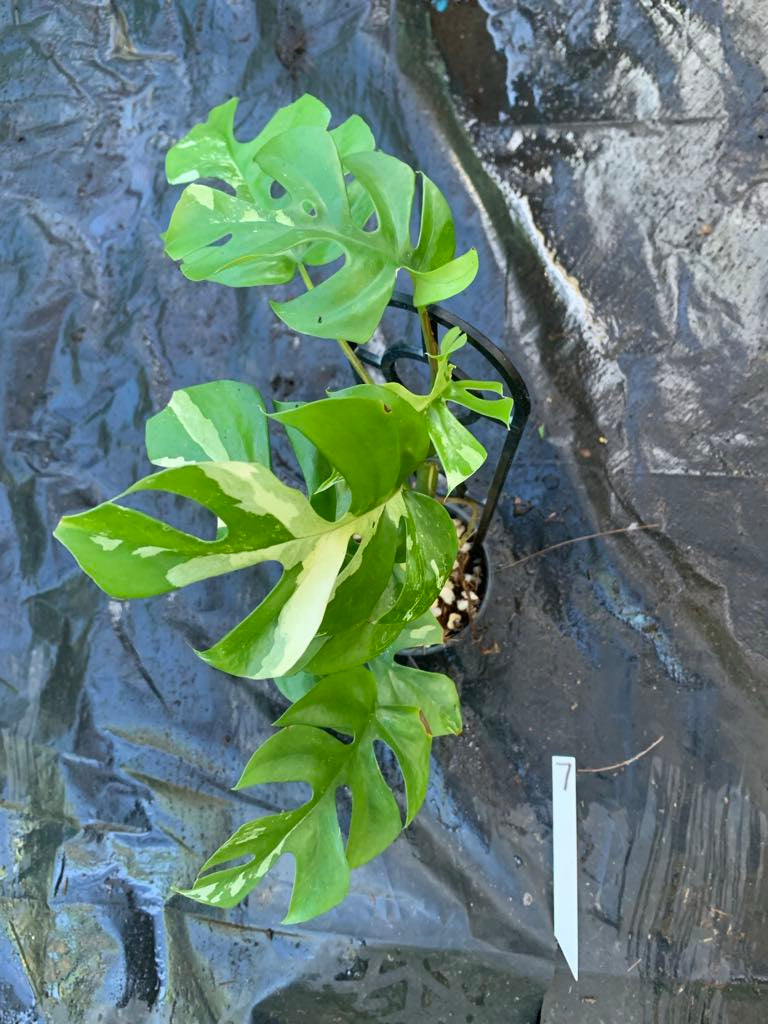
Signs Your Plant Needs a Bigger Pot
Look for clear signs your plant needs a bigger pot:
- Roots poking from drainage holes or circling the surface
- Water runs straight through without soaking in
- Wilting quickly after watering, slowed growth, or the plant toppling
- Cracked or distorted plastic grower pots. When you see two or more of these, plan an upgrade.

How Nursery Pot Sizes Work
Nursery and grower pots are often labelled by diameter (for example, 120 mm) or by volume (for example, 1 L). Measure the top rim across to match sizes. When choosing a plant pot size, aim for the next step up rather than jumping three sizes at once.

Repotting, Step by Step
- Water the day before so roots slide out cleanly.
- Loosen circling roots gently, trimming only thick, dead coils.
- Set the plant in the new pot so the crown sits at the same height as before.
- Backfill with a fresh, suitable mix and tap the sides to settle. Do not compact hard.
- Water thoroughly, then park the plant in bright, indirect light for a week.

Common Pot Sizing Mistakes
- Going too big: Large volumes stay wet, especially in low light.
- No drainage: Standing water suffocates roots. Use liners inside decorative pots if the outer pot has no holes.
- Burying the stem: Keep the crown at soil level to prevent rot.
- Skipping the check-up: Inspect roots every 6–12 months and refresh the top few centimetres of mix between full repots.

Putting It All Together
Use this pot size guide for indoor plants as a quick reference. Start with the plant’s current root ball, upsize modestly, and watch for the signs your plant needs a bigger pot. If you love styling, set a perforated nursery pot inside your favourite decorative pots so you get easy watering and great looks.
Ready to kit out your collection? Explore our practical grower pots and mix-and-match options to suit every space.
